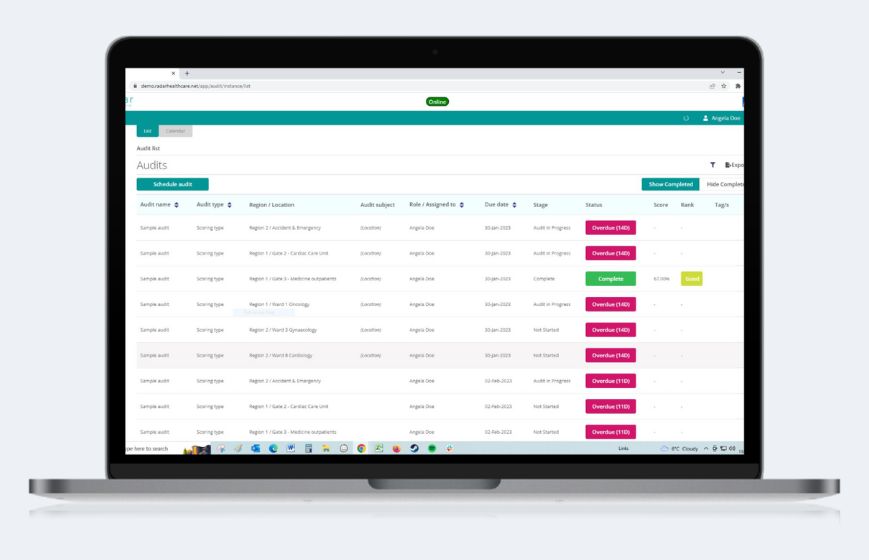2024's Top Tech Trends: Are You Ready?
Tags:
 Paul Johnson, CEO of Radar Healthcare, shares his predictions on the technological trends that will further transform care in 2024 and how organisations can maximise their use.
Paul Johnson, CEO of Radar Healthcare, shares his predictions on the technological trends that will further transform care in 2024 and how organisations can maximise their use.
From VR headsets to heart rate-tracking ‘smart socks’, 2023 was a big year for care tech innovation. With more transformation set to come in 2024.
More virtual care
Researchers have found that Virtual Reality (VR) when used by older adults can help reduce the development of Alzheimer’s disease, that it can help boost memory, relieve anxiety, and provide pain management.
As well as its proven links to promoting better health, the technology is also working wonders to improve quality of life and wellness.
Something that was once seen as purely for gamers and consumers, has become a vital technological asset within care – and I believe in 2024 we’ll see it’s use increase significantly.
Transforming data into insight
Care providers are now under increased pressure to do much more, with much less. More residents with a wider range of health and wellbeing needs. But less frontline care staff and resource. While Artificial Intelligence (AI) can’t replace people, it can – and is – transforming care.
From tracking residents’ weight to analysing even the most subtle signs of resident decline, today’s digital systems can bring together disparate data points under one roof. Providing the holy grail of care – actionable insight. Which in turn, helps to reduce avoidable hospital admissions.
Applying AI analytics to data sets not only helps staff to spot trends and understand why problems, for example falls, might be occurring. They also help mitigate risk. Not to mention, help to relieve the administrative burden of paperwork – freeing up staff to spend more time to deliver care.
We’ve only just scratched the surface of what’s possible with AI and 2024 is set to be another defining year for the role it will take in supporting our growing, aging population.
Sustainable technology on the rise
Sustainable technology helps patients and the planet at the same time. More organisations are pushing hard to meet their environmental goals. And care homes are no different – especially as the CQC will now ”look at any negative impact of providers’ activities on the environment”.
Health and social care are energy intensive sectors. Alongside operational changes, like installing solar panels and sourcing food locally, utilising technology to deliver integrated care that’s focused on prevention goes a long way to meeting sustainability targets.
Using electronic reporting to track food and drink intake, manage medication, detect infections, and prevent falls is fast becoming the norm. Not only is it environmentally more beneficial to switch from paper to digital, but keeping residents out of hospital mitigates the carbon emissions and energy used during ambulance journeys and hospital treatment.
 Our biggest year yet for collaboration
Our biggest year yet for collaboration
For years many technology innovators created software and devices that operated in closed systems. But today’s care, and health, ecosystem needs to be interoperable. To achieve that we need a culture of collaboration – of true partnership. And I believe 2024 will be one of the biggest years yet for this.
As more systems become integrated, more data is brought together and AI applied to yield more useful insights at a larger scale, creating a proactive, personalised approach to care.






